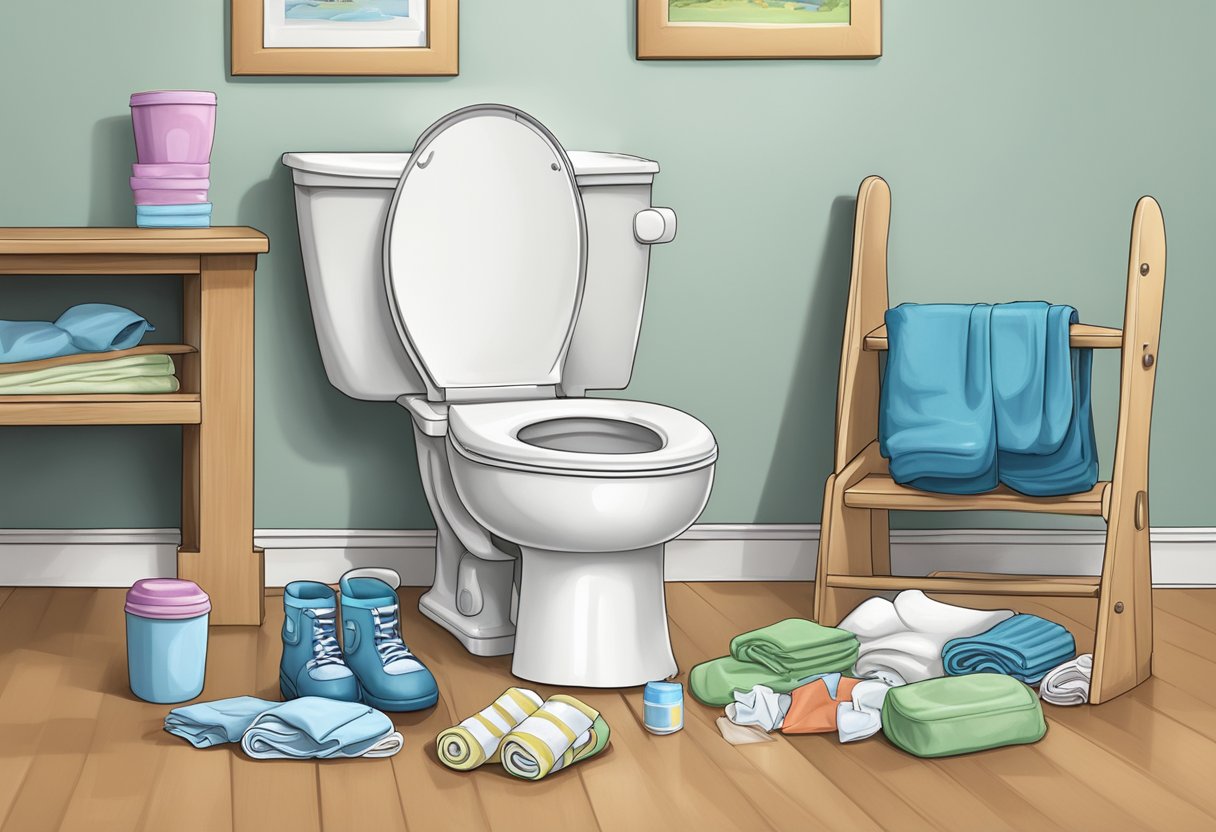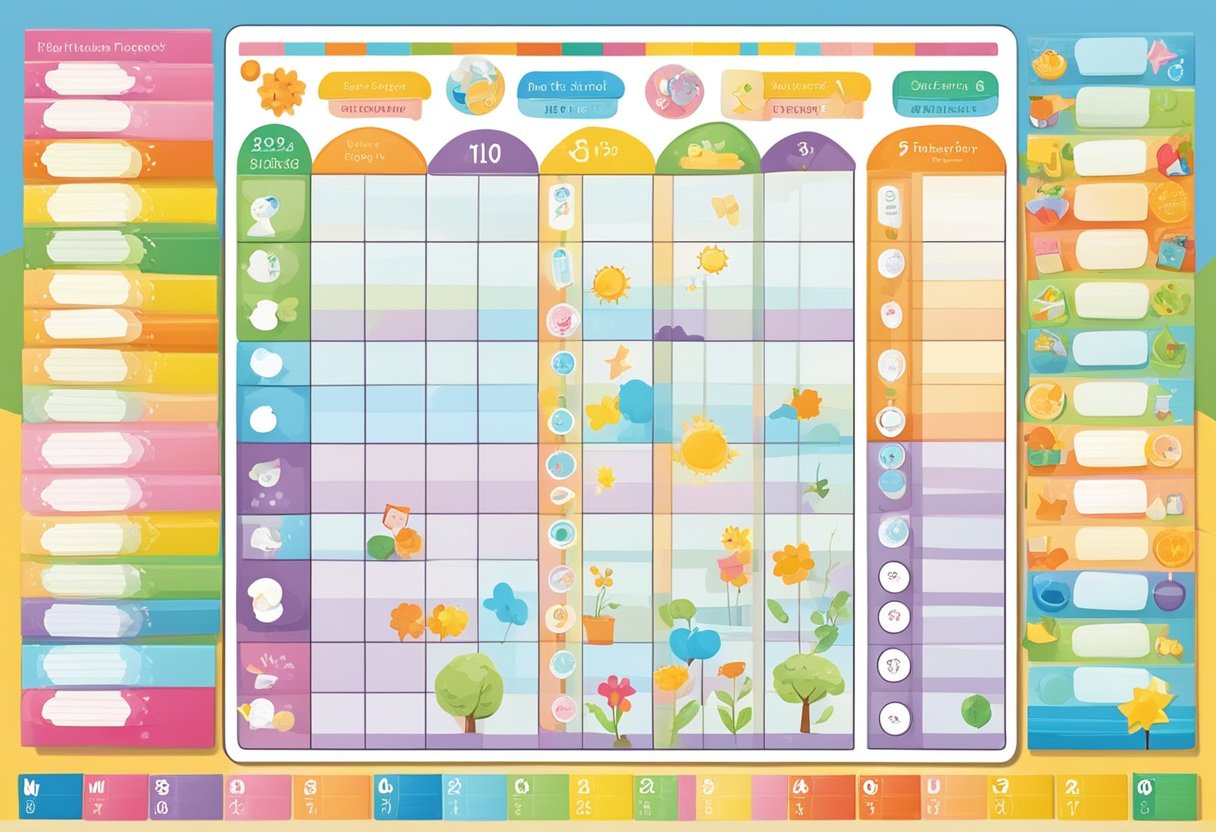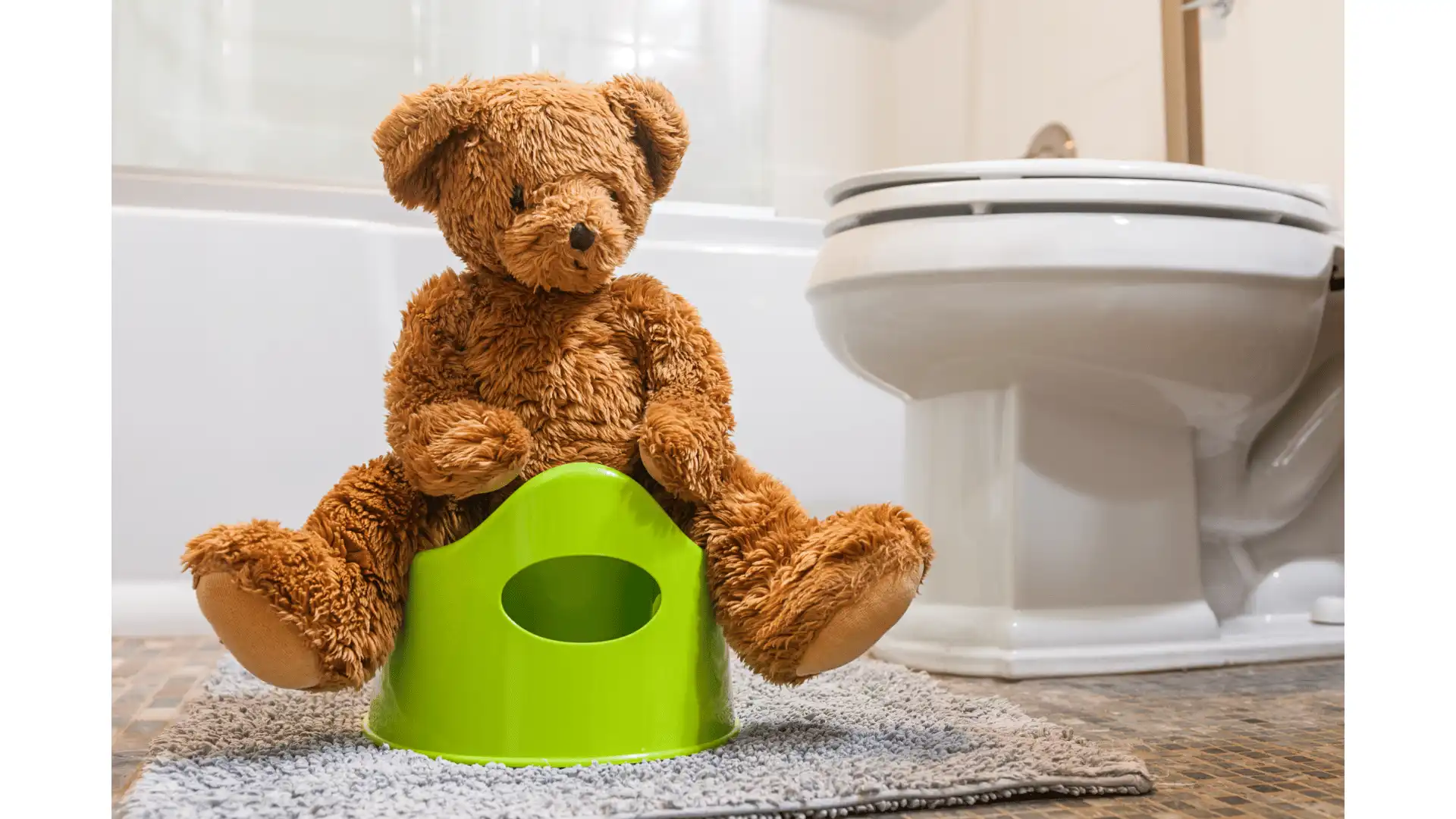How Long Does Potty Training Take
Potty training is a significant milestone in a child’s development. Both the child and the caregiver need patience and perseverance for this process. However, many parents wonder how long it takes for a child to be fully potty-trained. The answer to this question varies depending on several factors. These factors include the child’s age, temperament, and readiness.
The age at which a child starts potty training can affect the duration of the process. Children who start at 18 months may take longer to be fully trained compared to those who start at 2-3 years old. Younger children may not have the physical and cognitive skills to control their bladder and bowel movements. This is why. Additionally, a child’s temperament can also play a role in the duration of potty training. Some children may be more resistant to change, while others may be more eager to please and learn. Finally, a child’s readiness is crucial in determining how long it takes to potty train. If a child is not showing any signs of readiness, such as being able to communicate their needs or staying dry for longer periods, potty training may take longer.
Understanding Potty Training
Potty Training Basics
Potty training is a major milestone in a child’s development. It is a process where a child learns to use the toilet instead of wearing diapers. Typically, it starts between the ages of 18 months and 3 years, but every child is different. Some children may start earlier, while others may take longer.
Potty training involves teaching a child to recognize the urge to go. They learn to hold it until they reach the toilet and then use the toilet. It also involves teaching them to wipe themselves and wash their hands after using the toilet.
Factors Affecting Duration
The duration of potty training varies from child to child. Several factors can affect the length of time it takes to complete the process. These factors include the child’s age, temperament, and readiness. Also, the parent’s approach to potty training.
Some children may take longer to potty train. They are not developmentally ready. It is important to wait until a child shows signs of readiness before starting the process. Pushing a child to potty train before they are ready can lead to frustration and setbacks.
Signs of Readiness
Before starting potty training, it is important to look for signs of readiness in a child. These signs include:
- Showing an interest in the toilet or wearing underwear
- Being able to follow simple instructions
- Having regular bowel movements
- Staying dry for longer periods
- Being able to communicate their needs
Once a child shows signs of readiness, parents can start the process of potty training. It is important to be patient and consistent throughout the process.
Preparation for Potty Training

Choosing the Right Time
Before starting potty training, it’s important to choose the right time for your child. Most children are ready to begin training between the ages of 18 months and 3 years old. But it’s important to remember that every child is different and may be ready at different times.
Some signs that your child may be ready to begin potty training include showing an interest in the bathroom. They stay dry for longer periods of time and can communicate their needs. It’s also important to consider any major life changes. This may include moving or the arrival of a new sibling. These changes can affect your child’s readiness for training.
Gathering Supplies
Once you’ve chosen the right time to begin training, gather all the necessary supplies. This includes a child-sized potty chair or a seat adapter for the regular toilet. Also, pack plenty of underwear, pants, and wipes for cleaning up accidents.
It can be helpful to have rewards on hand, such as stickers or small toys. They can encourage your child during the training process. It’s important to avoid using food or candy as rewards, as this can lead to unhealthy habits.
Parents can set their children up for success by preparing for potty training in advance. It can also make the process as smooth as possible.
Potty Training Techniques
Potty training is a major milestone in a child’s development. There are different techniques that parents can use to teach their children how to use the potty. Here are some of the most common potty training techniques:
Parent-Led Methods
Parent-led methods involve parents taking the lead in the potty training process. This technique involves setting a schedule for potty breaks. It also involves encouraging the child to use the potty at specific times. Parents can also use rewards to motivate their child to use the potty. This technique requires consistency and patience from parents.
Child-Oriented Approaches
Child-oriented approaches involve letting the child take the lead in potty training. This technique involves waiting for the child to show interest in using the potty. Then, encourage them to do so. Parents can also use positive reinforcement. It encourages their child to use the potty. This technique requires parents to be observant and responsive to their child’s cues.
Intensive Training Sessions
Intensive training sessions involve dedicating a few days to potty training. This technique involves taking away diapers or pull-ups and having the child wear underwear. Parents can also use rewards and praise to motivate their children to use the potty. This technique requires a lot of time and effort from parents, but it can be effective for some children.
In conclusion, there are different potty training techniques that parents can use. The key is to find a technique that works best for the child and the family. Consistency, patience, and positive reinforcement are important for successful potty training.
Managing Expectations

Potty training is a significant milestone for both children and parents. However, it is essential to manage expectations and understand that every child is different.
Typical Timelines
The timeline for potty training varies from child to child. Some children may be ready to start as early as 18 months, while others may not be ready until they are three years old. On average, most children are ready to start potty training between the ages of two and three.
It is important to remember that potty training is a process that takes time. It is not something that can be accomplished in a day or two. It may take several weeks or even months for a child to become fully potty-trained.
Common Challenges
Potty training can be challenging for both children and parents. Some common challenges that parents may face include accidents, resistance, and regression.
Accidents are a normal part of the potty training process. It is essential to remain patient and calm when accidents happen and not punish or shame the child. Instead, parents can encourage and praise the child for trying.
Resistance is another common challenge. Some children may resist using the potty or wearing underwear. It is important to try to understand the reason behind the resistance and find ways to encourage the child gently.
Regression is also common during the potty training process. Children may go back to wearing diapers or having accidents after making progress. It is essential to remain patient and continue to encourage the child to use the potty.
Overall, potty training takes time and patience. It is essential to manage expectations and understand that every child is different. With encouragement, patience, and understanding, most children will become fully potty trained.
Support and Encouragement

Potty training can be a challenging time for both parents and children, but with the right support and encouragement, the process can be smoother and more successful.
Positive Reinforcement
One way to support your child during potty training is through positive reinforcement. This means praising your child for their successes, no matter how small. For example, if your child successfully uses the potty, offer verbal praise or a high-five. You could also give a small reward, like a sticker or a piece of candy. This positive reinforcement can motivate your child to continue using the potty. It can also build their confidence.
Consistency and Patience
Another important aspect of potty training is consistency and patience. It’s important to establish a routine and stick to it as much as possible. This includes taking your child to the potty at regular intervals, such as after meals or before bedtime. It’s also important to be patient and understanding when accidents happen, as they are a normal part of the process.
Parents can help their children successfully navigate the potty training process. They provide support and encouragement through positive reinforcement. They also have consistent routines.
When to Seek Help

Potty training can be a challenging process, and it’s not uncommon for parents to encounter roadblocks along the way. While some setbacks are normal, there are times when it may be necessary to seek help.
Delay in Progress
If a child has been actively working on potty training for several months without any significant progress, it may be time to seek help. This could indicate an underlying medical issue, such as constipation or a urinary tract infection. It could also be a sign that the child is not developmentally ready for potty training.
In these cases, it’s important to consult with a pediatrician or a child development specialist. They will determine the cause of the delay and develop a plan to address it.
Regression and Accidents
It’s not uncommon for children to experience setbacks or regression during potty training. However, if a child is consistently having accidents or regressing to the point where they are no longer using the potty at all, it may be time to seek help.
This could be a sign of underlying emotional or behavioral issues, such as stress or anxiety. It could also be a sign that the child is experiencing a major life change. For example, the arrival of a new sibling or a move to a new home.
In these cases, it’s important to work with a child development specialist or a therapist. They can help identify the underlying cause of the regression. Then, develop a plan to address it.
Remember, potty training is a process, and it’s important to be patient and supportive throughout the journey. However, if you’re facing big problems or worries, seek professional help.
Frequently Asked Questions
What is the average duration for potty training a child?
The duration of potty training varies from child to child. On average, it takes about three to six months for most children to be fully potty-trained. However, some children may take longer, while others may be trained in a shorter time.
How often should a toddler be encouraged to use the potty during training?
During potty training, it is recommended that parents encourage their toddlers to use the potty every two to three hours. Parents should also encourage their toddlers to use the potty after meals, before bedtime, and after naps.
What are the signs that a child may not be ready to start potty training?
Some signs that a child may not be ready to start potty training include resistance to sitting on the potty, a lack of interest in using the potty, and difficulty following simple instructions. Parents should wait until their child shows signs of readiness before starting potty training.
At what age is it typical for a child to be fully potty-trained?
Most children are fully potty-trained between the ages of two and four. However, some children may take longer, while others may be trained earlier.
Can potty training be effectively completed in a 3-day program?
Some parents have had success with 3-day potty training programs. However, it is important to note that every child is different, and what works for one child may not work for another. Parents should consider their child’s temperament and readiness before starting a 3-day program.
What strategies can help potty train a 4-year-old?
For older children, it is important to involve them in the potty training process and make it a positive experience. Parents can use rewards, such as stickers or small toys, to motivate their children. It is also important to be patient and consistent with potty training, as it may take longer for an older child to be fully trained.

Hello! I’m Gobinda, the founder of this website. I’m a father to my growing child. I love the world of babies, so I started a blog about it. I want to share my fascination and help other parents.


